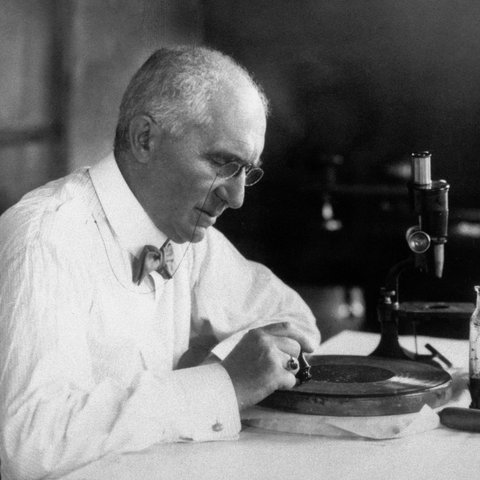»Back to the Roots«
The history of Emil Berliner Studios
Picture gallery compiled by Rainer Maillard
The name "Emil Berliner Studios" goes back to the inventor Emil Berliner (1851-1929), who developed the gramophone and the record to market maturity and whose vision led to the founding of the Deutsche Grammophon Gesellschaft. As its former in-house recording studio, Emil Berliner Studios helped write record history with countless productions and the development of many technical innovations. Searching for traces. Picture Gallery
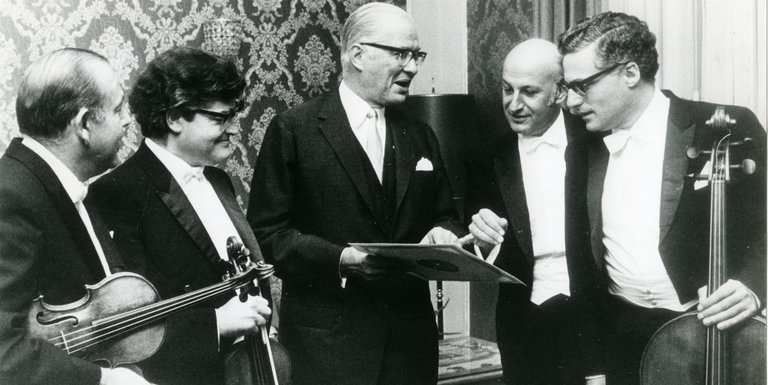
100 Years of Phonography
Hans-Werner Steinhausen
21 minute audio document (1978)
In his speech Hans-Werner Steinhausen makes a brilliant arc over the actual founder of modern phonography Emil Berliner, sense of the technology, peculiarity of the art form music to the record, acoustics and up to an outlook to immersive sound and visual media. Speech

"The Soul of the Company"
Bruno Borchardt, general director and board member of Polyphonwerke and Deutsche Grammophon from 1917 to 1933
Biographical essay commissioned by Emil Berliner Studios, © 2023 Dr. Eva Zöllner
Without this great entrepreneur, there would probably be neither Emil Berliner Studios nor Polydor, PolyGram and Deutsche Grammophon. One more reason to remember this (almost) forgotten visionary. Essay
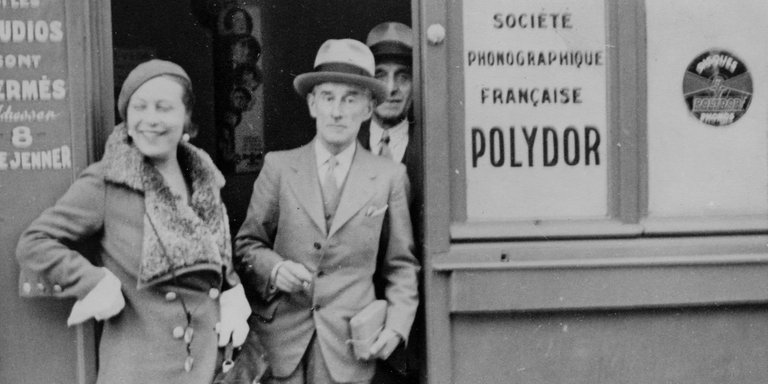
»I would do everything the same way again!«
Erna Elchlepp's career at Deutsche Grammophon between 1919 and 1956
Biographical essay, written in the course of a research assignment by Emil Berliner Studios, © 2021 Dr. Eva Zöllner
Behind the scenes of the music business, at record companies and radio stations, there are fascinating personalities who are unjustly forgotten. One of them is Erna Elchlepp, who shaped the fortunes of Polydor and Deutsche Grammophon from the 1920s to the 1950s. Essay
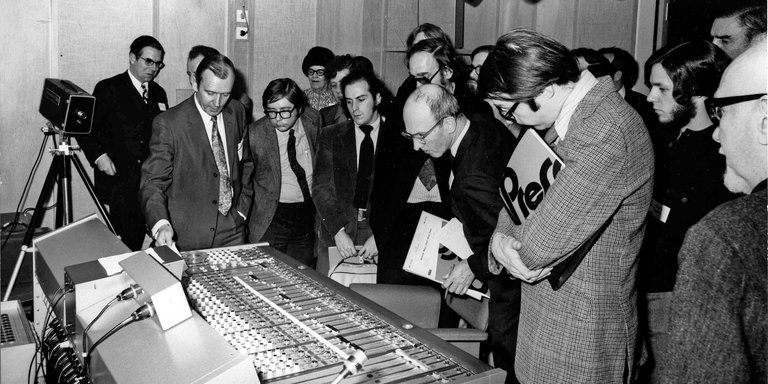
Quadraphony and more
The "golden" decade of analog multitrack productions at Deutsche Grammophon (1970 to 1980)
by Rainer Maillard © 2023
DG's first recording with the Boston Symphony Orchestra in January 1970 marked the entry into the new recording process of quadraphony and thus into analog multitrack technology. In the decade before the introduction of digital technology, DG produced in this way many legendary recordings. It is worth taking a look at the technology used, the working methods and the people involved. More
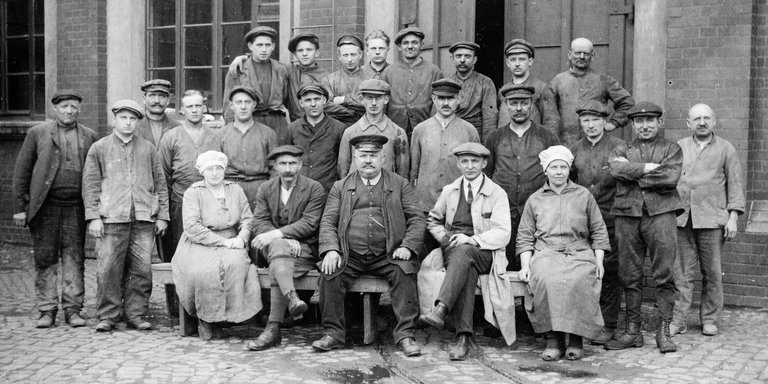
1st row from left to right seated: Marie Waldmann, A. Büttekorn, Bierwirth, E. Wittbold, F Eggers, F. Söffker, F. Voigt, Fr. Degenhardt, Fr. Hiller, Fr. Laasch - Second row: W. Behrmann, G. Klages, H Sündemann, H. Wille - Third row: E. Vogel, H. Witte, J. Kühn, K Wenzel, L. Hornemann, W. Böger, W. Fraatz, W. Rohmeier, W. Schmidt, W. Söffker, W. Stoll,
"Talks about History"
Deutschen Grammophon 1898-1956
95-minute audio document, compiled by Rainer Maillard 2023
Tape recording of five discussions between management, employees and retirees of Deutsche Grammophon Gesellschaft from 1956/1957 about the history of the company. A fascinating document of contemporary history. More

The history of the record
Peter K. Burkowitz
Chronicle of the history of sound recording
Peter K. Burkowitz, former technical director of PolyGram and thus also part of the long history of Emil Berliner Studios, describes numerous important events in the development of sound recording. It begins with the birth of Emil Berliner, and ends with the relocation of Emil Berliner Studios (as a now independent studio) from Hanover to Berlin in 2010. To the chronicle
